What kind of vegetables should be planted for a short period and a quick harvest?
For those who grow vegetables on the roof balcony, the most annoying thing is that there is not much place to grow more kinds of vegetables, but there are no vegetables to eat. So I summed up my experience and recommended some fast-growing vegetables to you. These vegetables have shorter growth cycle, faster maturity, relatively simple management and less soil.
If you have better recommendations, you can leave a message and communicate together.
1) Sprout vegetables: 1 week
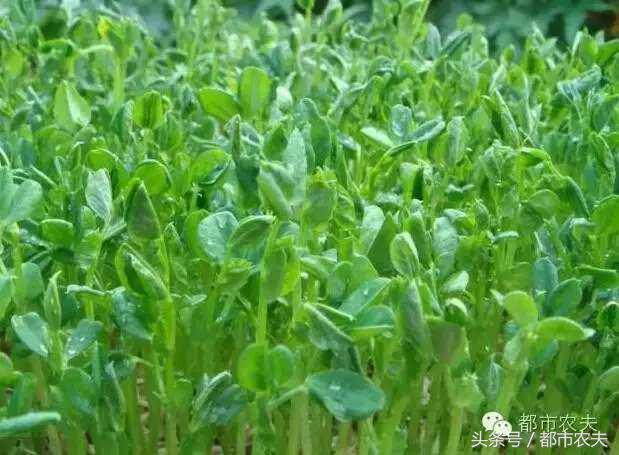
This seems to be beside the point, but sprouts are so outstanding in terms of fast growth that they have to make an exception to the nomination.
Sprouts, also known as bean sprouts, are edible "sprouts" cultivated from the seeds of various cereals, legumes and trees, also known as "live vegetables", also known as Ruyi vegetables. Sprout vegetable can reduce the accumulation of lactic acid in the human body, eliminate fatigue, it contains interferon, can induce interferon, increase antibiotics in the body, increase the ability of anti-virus and anti-cancer in the body, and is rich in vitamin C, riboflavin and dietary fiber. The growth cycle of sprouts is only about a week. However, there are many kinds of sprouts, and the growth cycle is slightly different, depending on which one.
2) small rape: 45 days-60 days
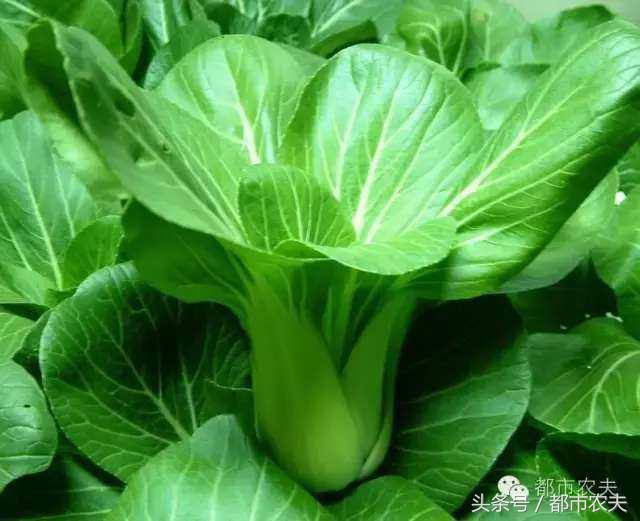
The growth period of small rape is short, from sowing to harvest is 45 days-60 years. The harvest time can be determined according to maturity and market demand, and timely harvest can improve yield and quality. Small rape should be sown in different seasons and different varieties should be used. If sowing in winter and early spring when the temperature is low, varieties with cold tolerance and late bolting should be selected.
3) Green garlic: about 50 days
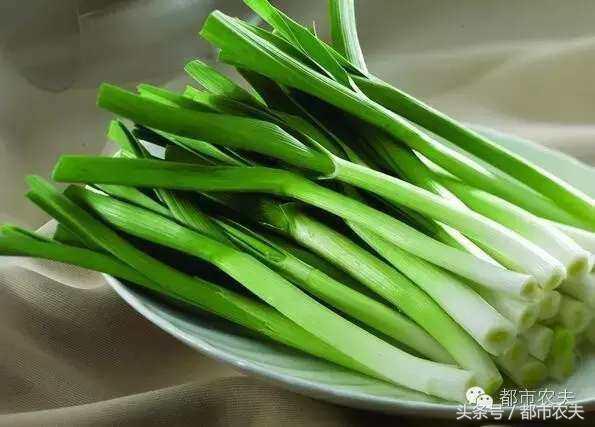
Green garlic likes warmth and strong cold tolerance, so it is suitable to be planted in spring, summer, autumn and winter. Green garlic should be harvested in the early morning or evening.
Green garlic contains capsaicin, which has a good killing effect on pathogens and parasites. it can prevent influenza, prevent wound infection, treat infectious diseases and deworming. Garlic has a certain protective effect on cardio-cerebrovascular, can prevent the formation of thrombus, but also can protect the liver, induce the activity of hepatocyte detoxification enzyme, can block the synthesis of nitrosamine carcinogens, and play a certain role in cancer prevention.
4) Oil, wheat and vegetables: about 40 days
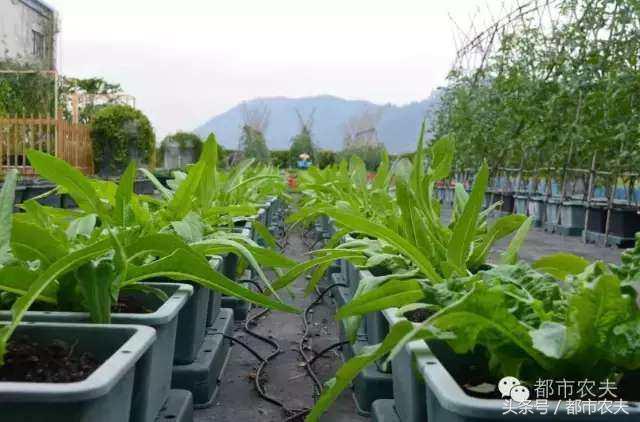
Oatmeal, also known as naked oats.
Rape is heat-resistant, cold-resistant, adaptable, cold-tolerant, moist, pest-resistant, sweet and crisp, less fiber, and the suitable temperature for growth is 20-25 ℃. The color is light green, the texture is crisp and tender, and the taste is very fresh and tender. The growth cycle of rape takes at least 40 days.
5) Mustard: March-April
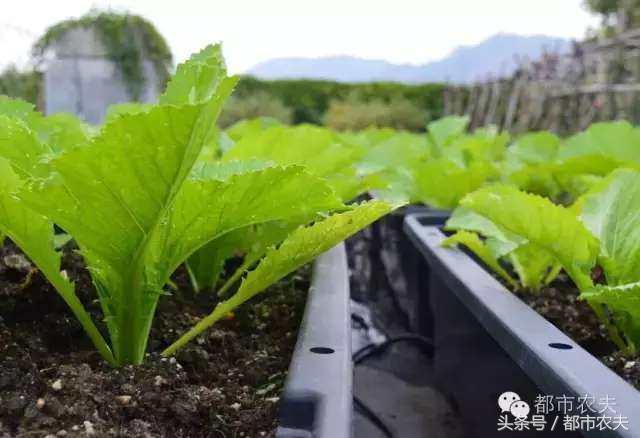
Mustard: also used as a cover vegetable, it is a common vegetable with large leaves, wrinkled surface and prominent veins. It is a famous specialty vegetable in China. Generally, after autumn sowing, the Yangtze River Basin, southwest and South China are harvested in winter or the next spring, while the north is harvested before frost.
6) Chinese cabbage: 20 days
Sowing once every 7-10 days can be harvested in 20 days. Pakchoi likes cold and cool, and is more resistant to low temperature and high temperature, so it can be planted and harvested almost all the year round. However, from the perspective of palatability, safety and nutrition, January, February and March are the best season for pakchoi consumption.
7) asparagus: about 20 days
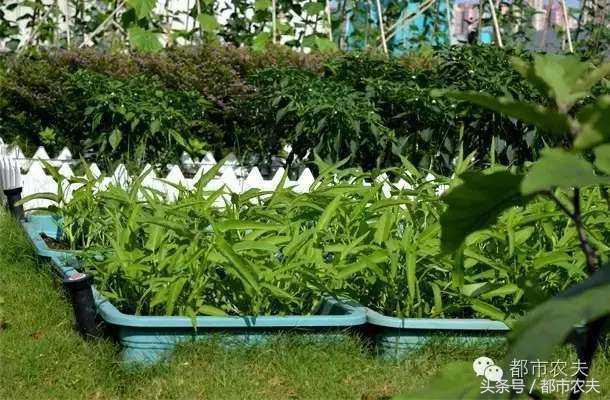
Asparagus likes high temperature and humid environment, suitable for moist soil, like sufficient light. The requirements of soil conditions are not strict and like fertilizer and water.
Efficacy: detoxification, mainly detoxifying fungus poisoning. Clear away heat and cool blood. Diuresis. It is suitable for food poisoning, hematemesis, epistaxis, urine, fetal toxicity, carbuncle, swelling, erysipelas and so on. For internal or external use.
8) amaranth: 40-50 days
Amaranth likes warmth, is more heat-resistant, the suitable temperature for growth is 23-27 ℃, and the soil is required to be moist, but not resistant to waterlogging, and the air humidity is not strict. Under the condition of high temperature and short day, it is easy to bolt and blossom.
Amaranth can replenish qi, clear heat, clear eyes, smooth fetus, benefit large and small intestines, promote the growth of teeth and bones, maintain normal myocardial activity and prevent muscle spasm. It also has the functions of promoting blood coagulation, increasing hemoglobin content, improving oxygen-carrying capacity, promoting hematopoiesis and so on. It can also lose weight and clear the body, promote detoxification and prevent constipation.
9) Chinese cabbage: 45-60 days
Continuous cropping of Chinese cabbage is prone to disease, so it is necessary to carry out crop rotation, especially advocating grain-vegetable rotation.
Efficacy: clear heat and remove annoyance, dredge intestines and stomach, digest food and nourish stomach. Main treatment of lung fever, cough, dry pharynx, thirst, headache, easy to knot, erysipelas, hemorrhoid bleeding and other diseases.
10) cowpea: about 45 days
The root regeneration ability is weak, so the method of direct seeding is often used. Like warmth, suitable temperature for growth is 20-30 ℃, growth is slow below 15 ℃, freezing injury occurs below 5 ℃, and it can bear high temperature. It can still blossom and bear pods at 35 ℃, but the quality is not good. Ganping nature, invigorate the stomach and kidney, contains proteins that are easy to digest and absorb, as well as a variety of vitamins and trace elements.
11) lettuce: about 35 days
Lettuce is known as the "vegetable queen" with high nutritional value, so you can grow lettuce on your own without pesticide and fertilizer pollution, so you can eat healthy and nutritious natural green lettuce. Lettuce also has the laudatory name of "slimming lettuce". Eating often helps to keep slim.
- Prev

Rapid budding technique of Lentinus edodes
Rapid budding technique of Lentinus edodes
- Next

How to eat pickled vegetables healthily
Many people have heard that vegetables stored for a long time will produce nitrite, pickled vegetables can cause cancer, should be eaten as little as possible. In fact, scientifically produced pickles will not.
Related
- Where is it suitable to grow horseradish in China? it is expected to see the middle altitude horseradish in Alishan.
- How to prevent tomato virus disease reasonably? (Control methods included)
- Many people like to plant towel gourd on the balcony. What are the main points of this method and management?
- What crops can chili peppers be mixed with?
- Fertilization techniques and matters needing attention in Tomato
- What are the grafting techniques for peach seedlings in spring?
- Harm and control methods of root swelling disease of Chinese cabbage
- What are the pests of sweet potatoes? How to prevent and cure it?
- Symptoms, causes and Control methods of navel Rot in Tomato
- The cause of "Cucumber rotten bibcock" in Farmers' planting Cucumber and its Control Plan

